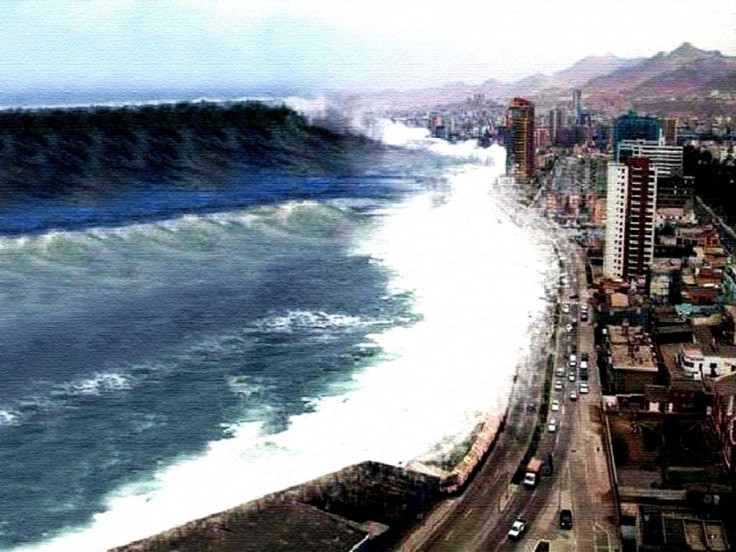The Landslide That Could Wipe Out America

As the devastation at Oso, Washington state shows, mud- and landslides can be devastating. As with avalanches, which work in essentially the same way, they are caused by earthquakes, volcanoes or erosion and descend without warning at terrifying speeds, destroying all in their path.
As well as the damage caused by rocks, choking mud and snow, there is a secondary danger which can create even greater destruction. Tsunamis – often wrongly called "tidal waves" – occur when landslides or rocks suddenly crash into lakes or the sea or if there is an underwater collapse which "pushes" vast quantities of water out from the point of impact.
Throughout history, land, rock and mud-slides have wreaked devastation by unleasing "mega-tsunamis". In fact it is believed that Britain became an island thanks to a landslide and resulting tsunami which occurred around 6225-6170 BC at Storegga off Norway. The collapse of 290 km of coastal shelf created a tsunami which some scientists believe permanently inundated the fertile region known as Doggerland between England and France.

In 1958 a giant landslide in Lituya Bay, Alaska created the biggest wave ever recorded: it reached a height of 524 metres (over 1700 feet), but amazingly due to its remoteness only two people died and one man survived by riding the wave. In 1963 a far more deadly tsunami at Monte Toc in Italy was created by a landslide which sent a vast wave over the Vajont Dam and down the valley, killing 2,000 people.
However many scientists believe all previous landslide-caused tsunamis could be dwarfed should there ever be a volcanic eruption at the Cumbre Vieja volcanic ridge on La Palma in the Canary Islands. A slab of rock twice the size of the Isle of Man would be dislodged and slide down into the ocean, creating a mega-tsunami which it is believed would surge cross the Atlantic faster than a jet plane, slamming into the Atlantic seaboard at a height of between 50-100 metres, causing utter devastation to cities along the easten seaboard from New York and Miami. Even the UK would be affected by the tsunami, breaching sea defences along the south coast and washing up to a mile inland.
Not all scientists agree that the landslide would create a mega-tsunami, but all are agreed that an eruption at Cumbre Vieja is overdue and the unstable rock will be dislodged sooner rather than later.
Simon Day, of the Benfield Greg Hazard Reseach Centre at University College London, says:
"Eruptions of Cumbre Vieja occur at intervals of decades to a century or so and there may be a number of eruptions before its collapse. Although the year-to-year probability of a collapse is therefore low, the resulting tsunami would be a major disaster with indirect effects around the world."
© Copyright IBTimes 2025. All rights reserved.






















